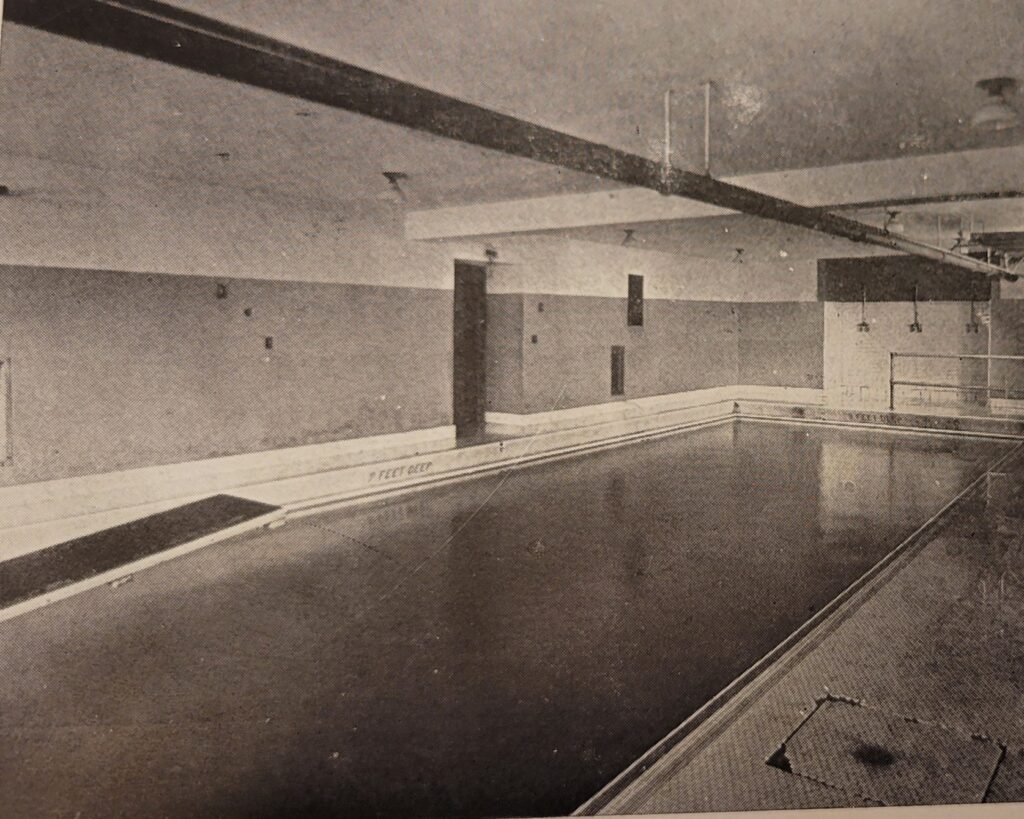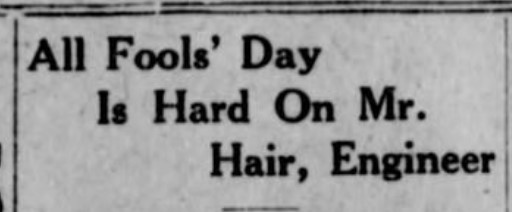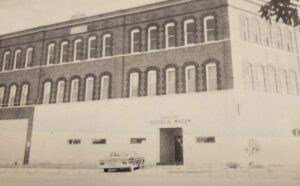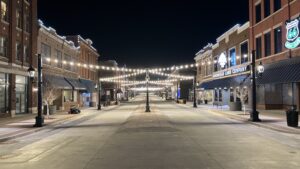Rachel Whitney, Curator,
Sapulpa Historical Museum
The Sapulpa High School was built in 1918, and in 1920, the high school opened. T.H. Hair was the engineer for the Sapulpa High School pool, and he was in charge of the schedule and the use of the school pool. The spring semester of 1920 was the first opportunity for the student to enjoy the school pool.
And April Fools Day happened to arrive that semester and added some mischief for Mr. Hair.
“April Fools’ Day or All Fools’ Day is an annual custom on 1 April consisting of practical jokes and hoaxes. Jokesters often expose their actions by shouting ‘April Fools!’ at the recipient. Mass media can be involved with these pranks, which may be revealed as such the following day. Although the origins of April Fools’ is unknown, there are many theories surrounding it.”
Some of the most well known April Fools hoaxes included 1957’s great spaghetti harvest, 1980’s digital dave, and 1962’s color television hack. In 1957, eight million people tuned in to watch BBC to watch the “Swiss Spaghetti Harvest,” where viewers witnessed people picking spaghetti noodles off trees; people called in to see where they could purchase some spaghetti. In 1980, again, the BBC pulled off a prank when they announced that “Big Ben clocktower would be going digital, and would henceforth be known as ‘Digital Dave.’ ‘Surprisingly, few people thought it was funny.’” And in 1962, “years before color television was rolled out in Sweden,” viewers learned of a trick from their newscasters on how to transform their own personal black-and-white television screen into a color screen with a simple DIY hack. The newscaster “went into intricate detail on how stretching a mesh sheet over their screens could bend the light’s wavelengths, allowing viewers to see in full technicolor. Luckily, this could be easily achieved with an item found in many homes: nylon stockings.”
In 1920, April 1st was on a Thursday. Closer to home, Sapulpa High School students had another idea in mind for their April Fools’ prank. Not only was it April Fools, but it happened to also be Mr. Hair’s birthday.
The newspaper the next day shared the story:
“Yesterday was All Fool’s day and many jokes were played by the students at the high school. The most comical was probably that played by a group of boys upon the engineer, Mr. Hair.”
Evidently, Mr. Hair was warned about a possible prank. Hair went to the school not wearing his usual suit. Instead, he “came prepared in an old suit of clothes.”
Upon arrival that morning, a handful of boys made chase and hunted down Mr. Hair. “After a hard chase over the entire building he was at last caught.” The boys were able to capture him and carried him to the pool. “The boys to the deepest part of the swimming pool and thrown” him in.

Mr. Hair pulled off his own prank. “Acting as though he could not swim a stroke, he sank several times.”
Finally, one of the boys took action and jumped in. “Dan Odeil, a student, jerked off his sweater and headed for, as he thought, the drowning engineer. Another boy grabbed him and tried to explain the joke, and in the excitement, Odell nearly threw him [the other student] into the pool.”
The newspapers even gave up the names of the pranksters. “The perpetrators of the joke are said to have been Clarence Warren, Raymond Desmukes, Bob Randolph, and Speck Gilbert.”

The swimming pool engineer would later work for the City as well as the High School. The swimming pool would be open to the public beginning that summer. “Schedule to be complied in the use of the swimming pool at the high school building during the summer months was completed and announced today by T. H. Hair, who is in charge of the building. The pool will be open to the public as follows: Monday night, Ladies; Tuesday night, Boys; Wednesday night, Girls; Thursday night, Men; Friday night, open for appointment.”

The high school yearbooks proclaimed that the swimming pool was “our modern substitute for the ‘ole swimmin’ hole,’ causes many a tardy on each pleasant class roll.”
(Sapulpa Herald, April 2, 1920, July 3, 1920, July 22, 1920, August 3, 1920; Wikipedia; SkyHistory)










